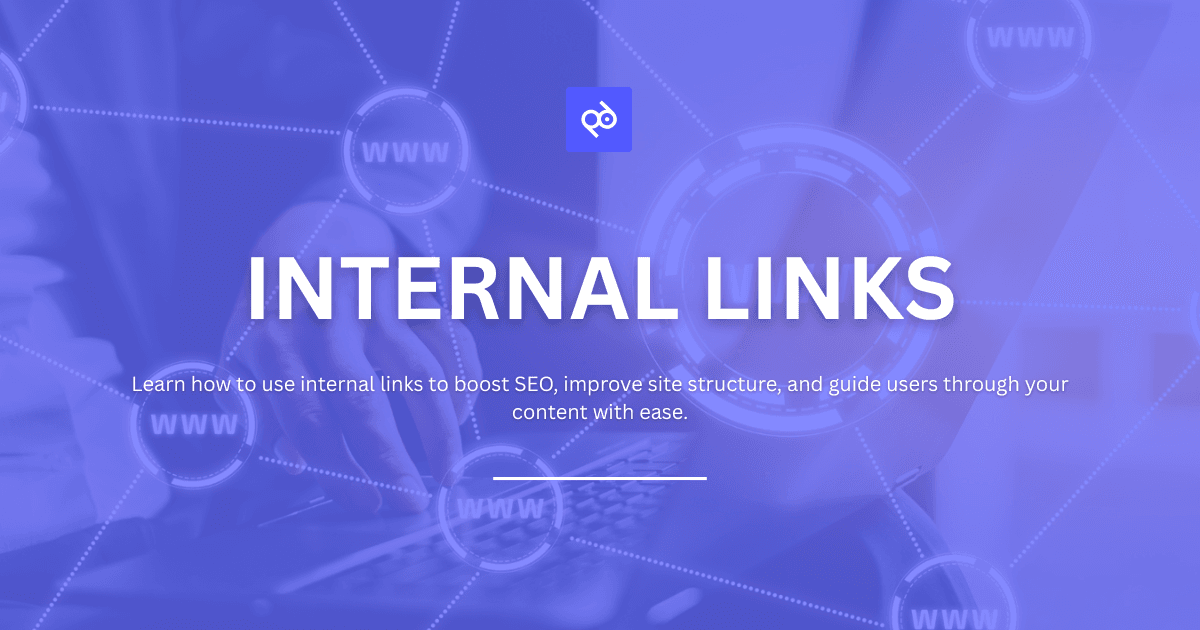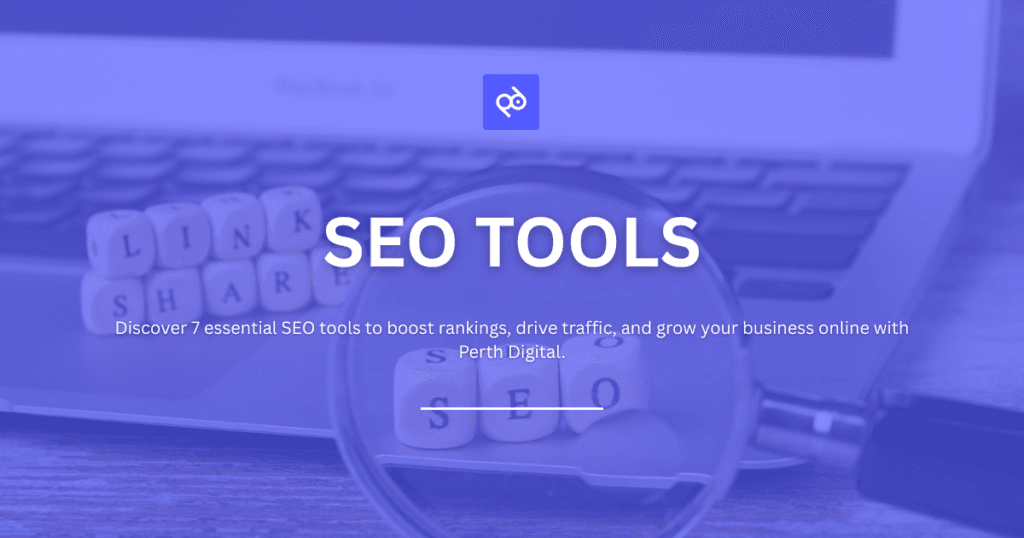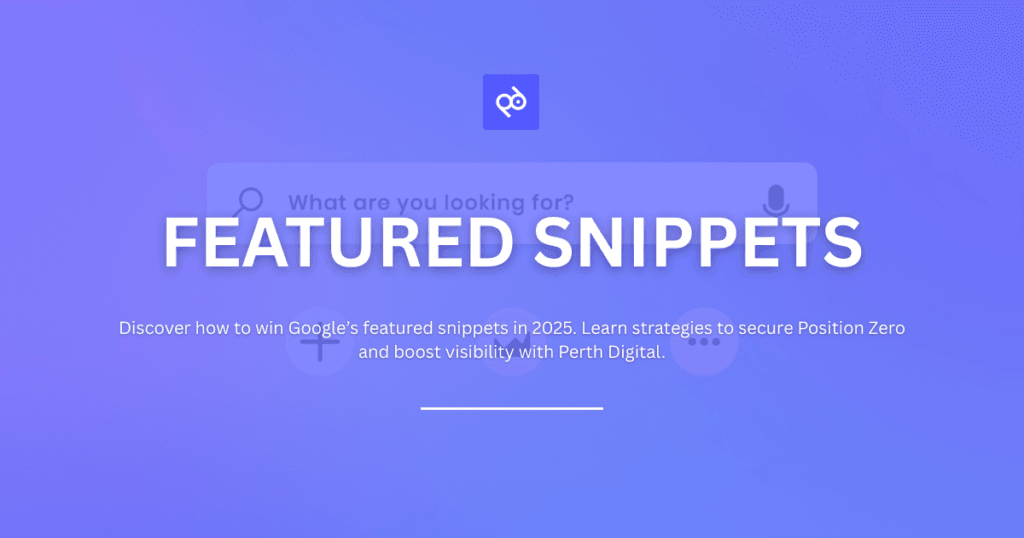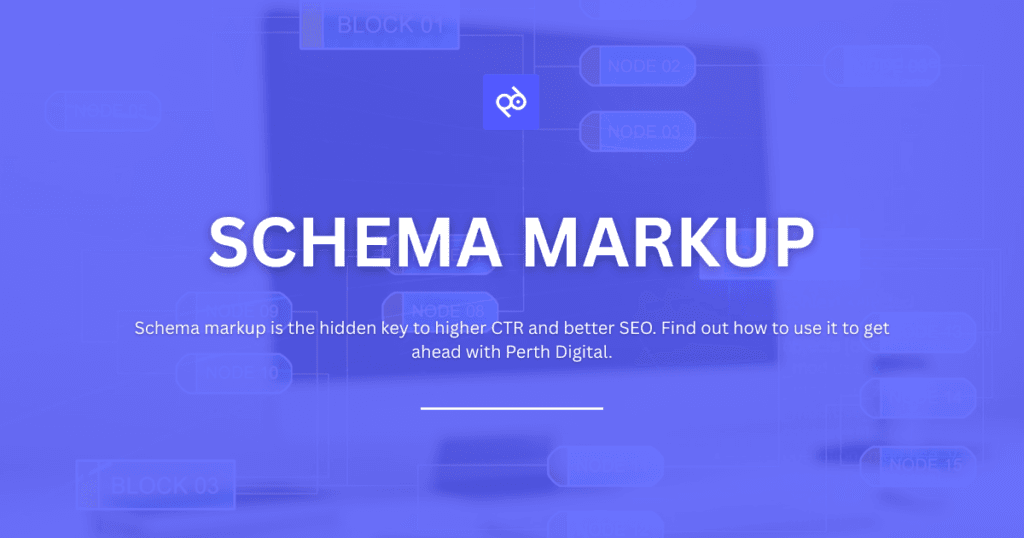If you’ve ever heard the term internal links tossed around in an SEO discussion and wondered what all the fuss is about, you’re in the right place. Internal linking isn’t optional, it’s mandatory. It helps search engines understand your site and improve the user experience.
Whether you’re just starting with SEO or looking to refine your current content strategy, this guide will walk you through everything you need to know about internal links, from best practices and tools to technical insights and real-world strategies. Let’s get into it.
What Are Internal Links?
Let’s start with the basics. Internal links are hyperlinks that connect one page on your website to another page on the same domain. Unlike external links, which point to other websites, internal links keep users and search engines within your site.
For example, if you’re writing a blog post about content marketing and linking to another article on your site about keyword research, that’s an internal link.
These links come in several forms:
- Navigation links (e.g. your main menu or footer) where you can link to other pillar pages in your website like an About Us page, a Blog page, a Services page, etc.
- Contextual links (within the body of your content) where you link to other related and relevant content on your website. For example, if you’re writing a blog post about “Coffee 101”, you can place links like “coffee temperature”, “Arabica and Robusta”, etc. that lead people to these posts, which makes them stay longer on your website.
- Image links (where an image links to another page) this is where you can use descriptive and rich images to incentivise people to click on your internal links.
- Breadcrumb links (which show the user’s path through your site. For example, if visitors want to read the post “Coffee Grinder 101”, they’ll first have to access your website, then your blog, then to the pillar page “Coffee”, then to “Equipments” to finally reach the blog post they wanted to read. Their trail would have looked something like this:
Home > Blog > Coffee > Equipments > Coffee Grinder 101
All these breadcrumbs would contain internal links which link back to these pages, making it easier for visitors to navigate your blog if you have a lot of content.
Why Internal Links Are Important for SEO
You might be thinking, “So what? It’s just a link.” But internal links play several crucial roles when it comes to SEO. But like we’ve said, you should not underestimate the power of Internal links. They play a crucial role in your website’s SEO performance for several reasons.
Helping Search Engines Crawl Your Site
Search engines use bots (called spiders) to crawl your website. These bots follow links to discover new content. A good internal link structure ensures that no page on your site is left stranded. If a page isn’t linked to from anywhere, search engines might never find it, or they might consider it less important.
Distributing Page Authority (Link Equity)
When one page on your site earns backlinks from other websites, it gains authority. Through internal linking, you can pass some of that authority to other relevant pages, helping them rank better too.
This is sometimes referred to as “link juice”. The more efficiently you distribute it through your website internal linking, the more powerful your entire site becomes in the eyes of search engines.
Improving User Experience
Internal links guide users to related content, keeping them engaged and reducing bounce rates. A visitor reading about SEO strategy might also be interested in your article on keyword research or technical SEO. Linking them together keeps users on your site longer and helps them find the information they need.
The Basics of a Healthy Internal Link Structure
A strong internal link structure is essential for both SEO and usability. Think of your website like a city. Internal links are the roads connecting various buildings (your web pages). If the roads are well-planned and clearly signposted, it’s easy to get around. If not, people (and search engines) get lost. Below are a few key principles you should keep in mind when planning your internal linking strategy.
Every Page Should Be Reachable
Make sure every page is accessible through at least one internal link. Or better yet, aim for two or three. This not only helps with crawling but reinforces the page’s relevance.
Use Descriptive Anchor Text
Anchor text is the clickable text of a link. Instead of vague phrases like “click here” or “read more”, use relevant and primary keywords that describe the linked page. For example:
Good: “Learn how to build an effective content strategy.”
Bad: “Click here for more info.”
Descriptive anchor text improves accessibility and gives search engines better context.
Follow a Logical Hierarchy
Your site’s internal linking should follow a clear, hierarchical structure. Ideally, the homepage sits at the top, followed by major category pages, then individual blog posts or product pages.
Think of it like an inverted pyramid:
- Homepage
- Category Pages
- Subcategory Pages or Blog Posts
- Related Resources
- Subcategory Pages or Blog Posts
- Category Pages
This structure helps users (and crawlers) navigate intuitively from broad topics to more detailed information.
How to Create Internal Links for SEO
Adding internal links isn’t just about dropping in random hyperlinks. Now that you’ve understood some of the principles needed in an internal linking strategy, it’s time to create it.
1. Start with a Content Audit
Before you start adding links, take stock of what content you already have. An SEO audit helps you identify:
- High-performing pages (which can pass link equity to others)
- Orphaned pages (with no internal links pointing to them)
- Related content that can be linked together
Use tools like Screaming Frog, Ahrefs, or Google Search Console to assess your current internal link structure.
2. Identify Your Most Important Pages
Start by deciding which pages you want to boost in search results. These could be your high-converting landing pages, cornerstone content, or key service pages. These are the ones you want to funnel authority towards.
3. Use Topic Clusters
Organising your content into topic clusters, where one main pillar page links to multiple related “cluster” pages, is a powerful internal linking tactic.
For example:
- Pillar Page: SEO for Beginners
- Cluster Pages:
- What is On-Page SEO?
- How to Do Keyword Research
- The Role of Technical SEO
- Internal Links 101
- SEO Benchmarks
- Cluster Pages:
Each page links back to the pillar, and the pillar links to each cluster, forming a tight content ecosystem.
4. Find Relevant Linking Opportunities
Next, look for other content on your site where it would make sense to add a link to those important pages. The goal is to make the link feel natural and useful to the reader.
For example, if you have a blog post about social media marketing and you mention SEO strategy in passing, that’s a great place to link to your in-depth guide on SEO.
You can do this manually by searching your own site in Google:
site:yourwebsite.com “keyword or phrase”
Or use an SEO tool to surface relevant content opportunities automatically.
5. Use Keyword-Rich Anchor Text (But Naturally)
When inserting your internal link, use anchor text that accurately describes the page you’re linking to. Ideally, this includes some relevant keywords, but don’t force it. The text should flow naturally within the sentence.
Example: Learn more about building a strong internal link structure to improve your site’s crawlability.
Avoid over-optimising by using the exact same phrase every time. Mix it up with variations like “website internal linking”, “internal linking strategy”, or more descriptive phrases based on the context.
6. Place Links Where They Add Value
While internal links can be placed anywhere, contextual links within the body of your content tend to be the most effective for SEO. These are more likely to be clicked by users and crawled by search engines.
Links in sidebars, footers, or navigation menus are still valuable but should support, not replace, your in-content linking.
7. Use a Consistent Process for New Content
Whenever you publish a new blog post or page, make internal linking part of your standard process. Add:
- Links to the new page from older, relevant content
- Links from the new page to other useful pages
This creates a web of connections that strengthens your entire site over time.
8. Check and Update Internal Links Regularly
Things change, pages get removed, URLs are updated, or content is merged. Schedule regular audits to ensure all your internal links are still working and relevant. Tools like Screaming Frog or Ahrefs can automate this process.
9. Fix Broken Internal Links
Broken links are bad for SEO and user experience. They create dead ends and frustrate visitors. Use SEO tools to regularly scan for and fix broken internal links.
How Many Internal Links Per Page?
There’s no magic number, but here are a few guidelines:
- For blog posts: 3–10 well-placed links is ideal.
- For product pages or landing pages: Link to relevant articles, FAQs, or other product categories.
- For long-form content (like this one): More links make sense, but keep them relevant and natural.
Too many internal links can look spammy or confuse users. Focus on usability first.
Building a Smarter Internal Linking Strategy
Internal links are more than just SEO glue, they’re a way to create a better experience for your users and help Google make sense of your website. When you approach internal linking with purpose and consistency, you’re laying the foundation for stronger rankings, better navigation, and higher engagement.
To recap:
- Plan your internal link structure from the top down.
- Use keyword-rich, relevant anchor text.
- Link logically between related content.
- Avoid overloading pages with too many links.
- Regularly audit and update your internal links.
By mastering this often-overlooked SEO strategy, you’ll gain a long-term edge that many websites still miss.Want to boost your SEO even further? Perth Digital got you covered. Whether it’s internal linking or SEO audit, we’re here to help your website thrive. Book a free consultation for a tailored strategy today.



